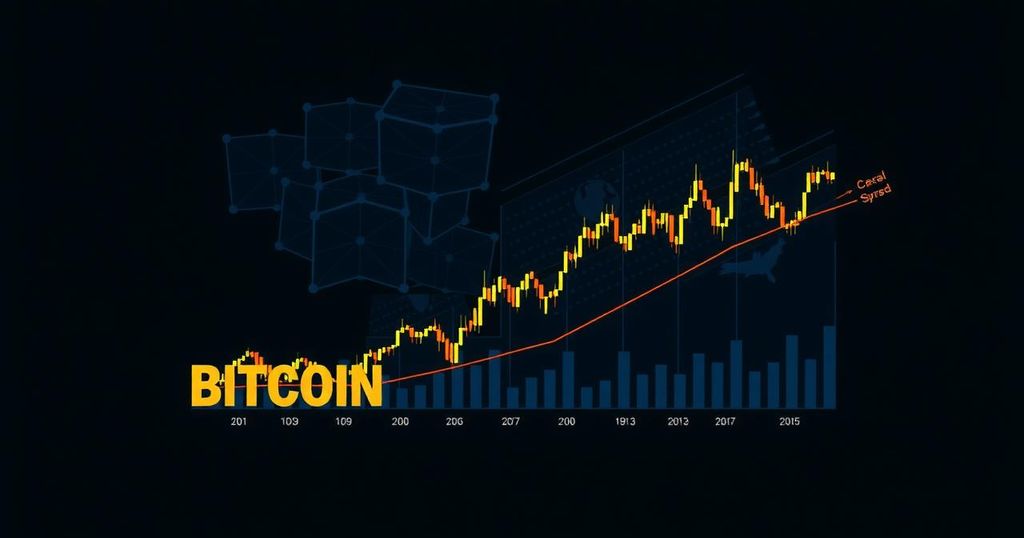The Fed’s Influence on Bitcoin: Navigating Rate Cuts and Global Monetary Policy
The Federal Reserve’s recent 50 basis point rate cut on September 18 has led to a remarkable 5.2% surge in Bitcoin (BTC) within 24 hours, overshadowing similar cuts by other central banks, including the Bank of England and the European Central Bank, which failed to positively influence the cryptocurrency market. Concurrently, the People’s Bank of China announced significant quantitative easing measures to bolster its economy, although Bitcoin’s response remains subdued. Overall, US monetary policy appears to significantly impact Bitcoin’s performance compared to actions by other global central banks.
Recent actions by central banks, primarily the Federal Reserve (Fed), have notably impacted the performance of Bitcoin (BTC). The Fed’s recent rate cut of 50 basis points on September 18, 2023, marked a significant pivot from its prior tightening policy initiated in response to post-COVID inflation, and triggered a striking 5.2% increase in Bitcoin’s value within a day. This performance stands in stark contrast to the lackluster responses from other central banks such as the Bank of England (BoE) and the European Central Bank (ECB), whose respective rate reductions resulted in declines of 6% and 4% in Bitcoin’s price. Analysts posit that the robust reaction of Bitcoin to the Fed’s actions underscores the dominance of USD-backed stablecoins in the crypto market, which constitute approximately 91% of this sector, thus rendering less impact from measures taken by other currencies. In parallel, the People’s Bank of China (PBoC) announced a series of quantitative easing measures shortly after the Fed’s decision, aimed at revitalizing its faltering economy. Significant interventions include decreases in the short-term seven-day reverse repo rate and reserve requirement reductions, projected to inject about RMB 1 trillion (around $142 billion) into the financial system. However, the subsequent performance of Bitcoin indicated that US monetary policy continues to have a stronger influence on crypto markets compared to recent developments in China. Despite the bullish momentum in Bitcoin, the increase in gold prices suggests that investor confidence may be wavering regarding the efficacy of central bank stimulus measures, illustrating a broader concern about economic stability and the signals sent by these rate cuts. Elon Musk’s recent meeting with El Salvador’s leadership, in the context of discussions on technology and cryptocurrency, and Kamala Harris’s evaluation of her support for crypto, are additional noteworthy developments in the cryptocurrency landscape.
The dynamics of Bitcoin’s valuation are heavily intertwined with monetary policy actions by major central banks, particularly the Federal Reserve of the United States. The Fed’s interest rate decisions have a profound ripple effect on financial markets, and recent indications of transitioning from rate hikes to cuts have rejuvenated investor sentiment towards riskier assets like cryptocurrencies. Moreover, the comparative efficacy of central banks in managing economic recovery amid global challenges has been a focal point of analysis in understanding market movements.
The Federal Reserve’s recent rate cut has played a pivotal role in propelling Bitcoin’s value, revealing its significant influence on the cryptocurrency landscape. In contrast, actions taken by other monetary authorities, including the PBoC, have not mirrored this effect, indicating that US monetary policy holds greater sway over crypto markets. As central banks pivot towards easing, the outlook for risk assets remains optimistic, notwithstanding the underlying economic vulnerabilities suggested by concurrent rises in traditional safe-haven assets such as gold.
Original Source: dailycoin.com








Post Comment